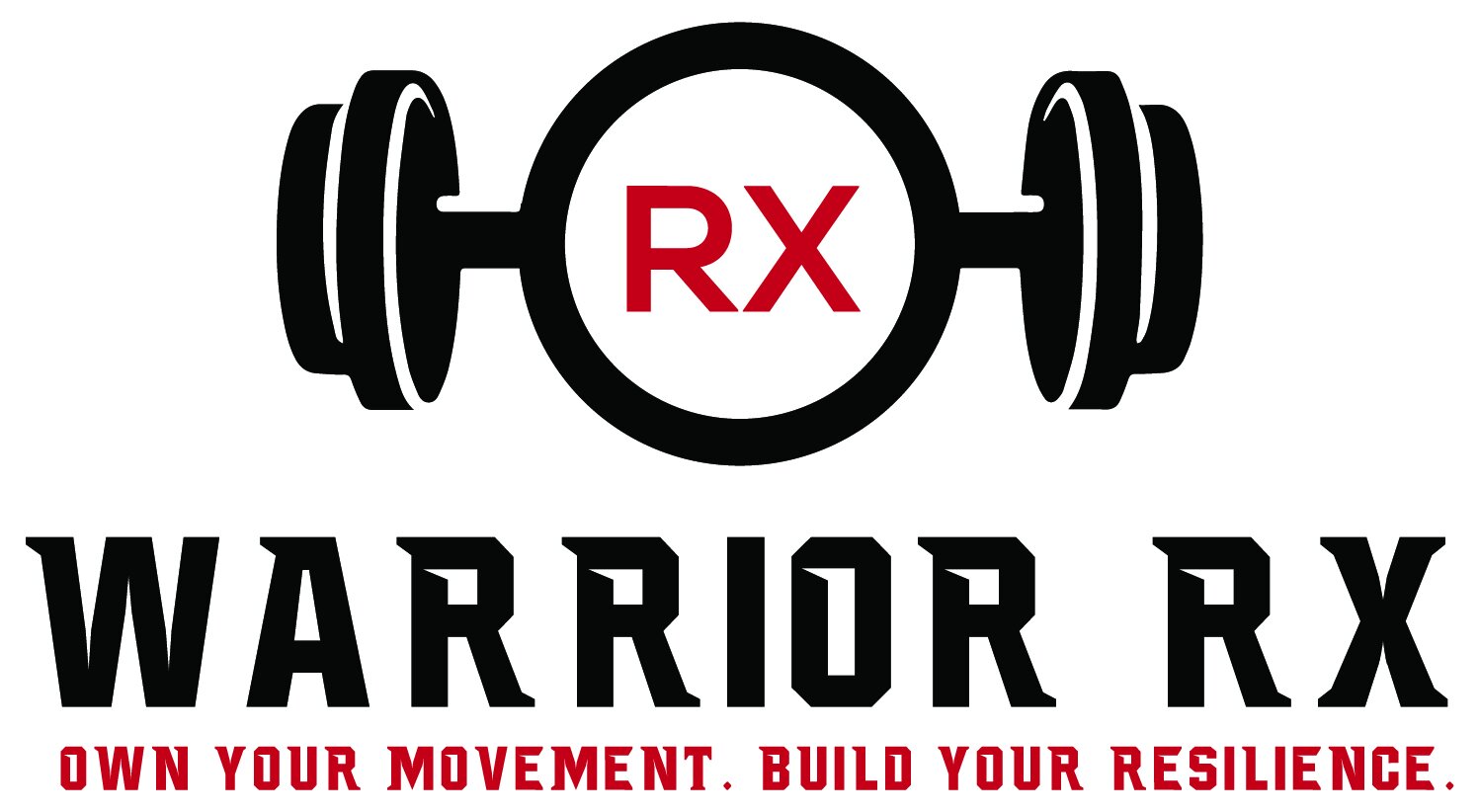Plantar fasciitis seems to plague everyone at some point in their active life. You know the symptoms:
pain in the heel or arch
pain upon standing first thing in the morning or after prolonged sitting
pain when walking for a long period of time.
What do all these symptoms have in common; PAIN. Plantar fasciitis is a real pain and for most people, a real challenge to eliminate permanently. I hear it all the time, “Oh my plantar fasciitis is acting up again, I’ve had this about 3 times.” So why is this such a pain and why is it so hard to get rid of? Let’s start with the basics….
What is your plantar fascia?
The plantar fascia is part of the medial arch of your foot. Your medial arch is the primary load bearing structure of your foot. Your plantar fascia within this arch is the primary shock absorbing structure, and ultimately acts like a spring to help you receive load when your foot hits the ground then quickly return it when your foot pushes to leave the ground. The plantar fascia receives assistance from the muscles of the foot to propel you efficiently with walking, running, jumping, etc. When any part of this system doesn’t function plantar fasciitis is likely to show it’s ugly mug. Now, while rolling your foot on a frozen water bottle or tennis ball along your arch will help with the pain, it won’t solve the problem completely, or at least not forever.
WHAT TO DO ABOUT IT
One of the common causes of plantar fasciitis….poor shoe choices. In shoes there is a feature called heel drop. The greater the heel drop, the higher the heel, causing stiff ankles. However excessively cushioned shoes result in reduced muscle activation. Make better choices to start with then implement a few of the following strategies to get you started.
1. Toe yoga and basic foot exercise, if you have flat feet that would be the best place to start to help rebuild some of the muscular supports for your plantar fascia.
2. Get some big toe extension. Lacking big toe extension reduces what’s called the “windlass mechanism”. This mechanism uses great toe extension to help tighten the plantar fascia and keep the arch lifted. Why is a lifted arch important? It makes the foot rigid for more effective force transfer. This means less energy to perform box jumps, running, or whatever horrible torture you signed up for in class.
3. Get and maintain some ankle dorsiflexion with either calf stretching or banded ankle mobilizations.
4. Heel raises with a twist.
These strategies will put you leaps and bounds in front of the people just rolling a frozen water bottle on their foot. Ultimately you’ll need a progression back to your activity to address any other deficits in your movement.
Own Your Movement. Build your resiliency.
Warrior Rx


